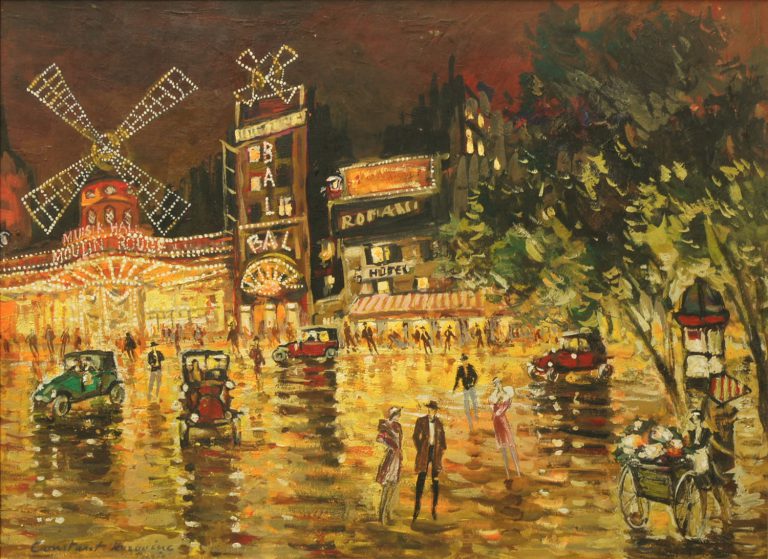Biography
Konstantin Korovin was a painter, graphic artist, stage designer, architect and master of decorative arts. He was a notable figure of the Russian impressionism. Among other artists, who made a name in the 1880s and outlined a new stage in the Russian painting, including Isaac Levitan, Mikhail Nesterov, Valentin Serov and Mikhail Vrubel, Korovin occupies a special, no less important place.
His works are a brilliant phenomenon of the Russian art of the late 19th and early 20th century. His bold, colourful and cheerful paintings, which differed completely from the works of the Peredvizhniki, reminded everyone about the good and joy of life. Although many critics considered his early works too impulsive and unserious, the true connoisseurs of art understood that they witnessed the birth of a great master, colourist and poet in painting.
In 1886 Korovin finished an art school with a title of a “non-class artist”. He discovered his talent for stage design when he prepared the performance of Nikolai Rimsky-Korsakov’s The Snow Maiden using scenery designs by Viktor Vasnetsov. During his early artistic years Korovin was better known as a stage designer than a painter.
In 1898 he created the cover for the first issue of the Mir Iskusstva magazine. The same year he exhibited his works at the Vienna Secession. Since 1899 Korovin took part in Mir Iskusstva’s exhibitions and in 1900 he became a member of the Russian department at the Paris International Exposition. His paintings and decorative works received two gold and nine small silver medals. For his contribution to the organisation of the exposition Korovin was awarded the Legion of Honour and the 3rd class Order of Saint Stanislaus.
Korovin produced stage designs for the Royal Opera House’s performance of Don Quixote by Anna Pavlova’s company (1925), the Turin Opera House’s production of Nikolai Rimsky-Korsakov’s The Golden Cockerel (1925) and Feodor Chaliapin’s performance of Gioachino Rossini’s The Barber of Seville in the UK and US (1926).
He painted evenings in Paris and still lifes, and, less frequently, Russian fantasies. Korovin’s easel paintings, however, were not recognised in France and he lived in poverty in his last years.
Konstantin Korovin’s paintings are held by many Russian museums, including the Tretyakov Gallery, the Russian Museum, the Pushkin Museum of Fine Arts, the Alexey Bakhrushin State Central Theatre Museum, and in private collections.

